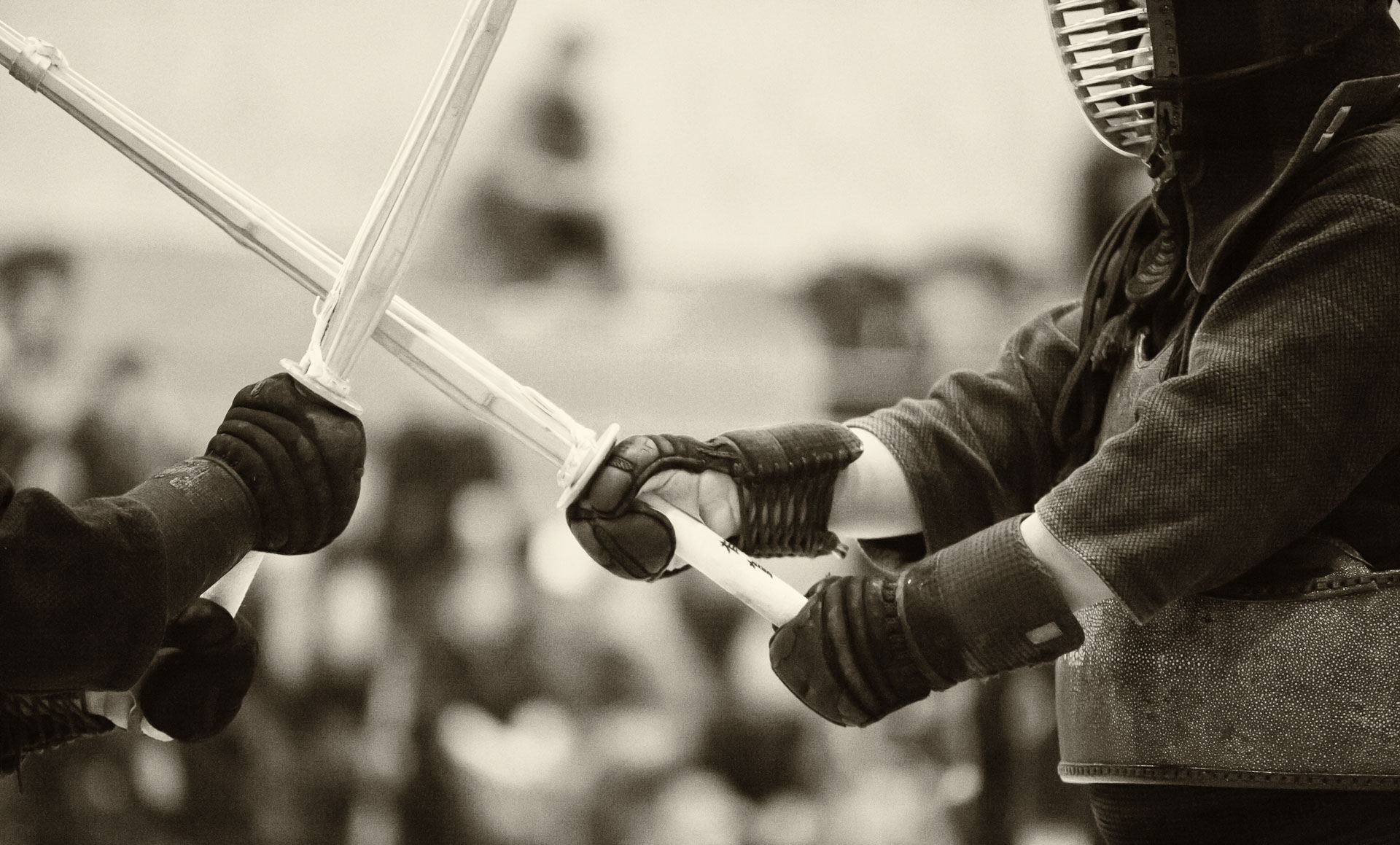Late night walk around the historic centre of Florence. Admiring Piazza Signoria and Palazzo Vecchio, missing the restaurants’ closing time…
Montreal airport food
Before leaving Canada for the land of Mediterranian cuisine, we enjoyed some North American food and found out that the Caesar Salad recipe turns 101 years old on July 4, 2025.
Book formats for travel and learning
E-books are obviously most convenient for travel, but physical paper books have their own unique advantages.
Dog walking and gear testing
Walking with Bruno and a new DJI OSMO Pocket 3 camera.
Here are my affiliate links to the gear I used:
DJI Osmo Pocket 3 camera: https://amzn.to/3HVNT5H
Rode Wireless Pro microphone system: https://amzn.to/4jZGe3P
Ulanzi PK-06 expansion adapter: https://amzn.to/4jZAiYj
Ulanzi mini tripod kit: https://amzn.to/4na2Cdz
M106 galaxy and its neighbours

In addition to a supermassive black hole in its centre, which is 40 million times as massive as the Sun, this fascinating spiral galaxy contains an active nucleus – a compact region that emits luminosity not produced by the stars. It’s also a home of two recent supernovae, observed in 1981 and 2014.
M106 can be found in the Canes Venatici (Hunting Dogs) constellation, along with many other galaxies that all fit neatly into the field of view of my 478 mm-long telescope connected to a full-frame camera. NGC4217, seen from the edge in the top right part of the image, is a possible companion of M106. It’s located 60 million light-years away from us.
This photo is a 4.5-hr, f/5.9 LRGBH exposure, collected over two nights in the beginning of May 2025. The light from M106 took 24 million years to reach my yard in Victoria, BC.


The Flowing Clue: La Source Unveiled – page 11, panels 1 – 3

Here are the first three panels of page 11 of my comic book on fluid mechanics. This is the explanation of how a velocity of the water jet flowing from a pitcher into a pond can be estimated from a single picture – in this case, a painting. It’s a research meeting-style presentation, which I adapted from my own lecture notes.
The Flowing Clue: La Source Unveiled – page 10, panel 4

This the last panel of page 10 of my fluid mechanics manga. Here, we are in the middle of the explanation of how fluid velocity could be estimated from a single still image. This is legitimately useful in research involving flow visualization, not just for analyzing old paintings in a fictional story. I was quite excited to learn this as I was writing the script.
The Flowing Clue: La Source Unveiled – page 10, panels 2, 3

Here are panel 2 and 3 from page 10 of my fluid mechanics comic book. I found it necessary to periodically show all the characters to remind the readers of their distinguishing features, like silhouettes, hair styles, etc. as well as their position with respect to each other. I am glad that I came across this tip from established illustrators and comic book authors early on. Even though it takes time to draw these kind of shots, like the frame 3 here, they help organize the visual details in my own mind. Hopefully, it is useful to the readers too.
The Flowing Clue: La Source Unveiled – page 10, panel 1

This is the top of page 10 of my fluids manga. As I was writing the script, I learned a neat way of extracting temporal data from a single still representation of the fluid flow. This is the set-up for the explanation of how it works.
The Flowing Clue: La Source Unveiled – page 9, panels 4, 5

These are the inks of the last two panels on page 9 of the fluids comic book. Here, Ariadne points out the first definitive inconsistency in the “La Source” painting.
